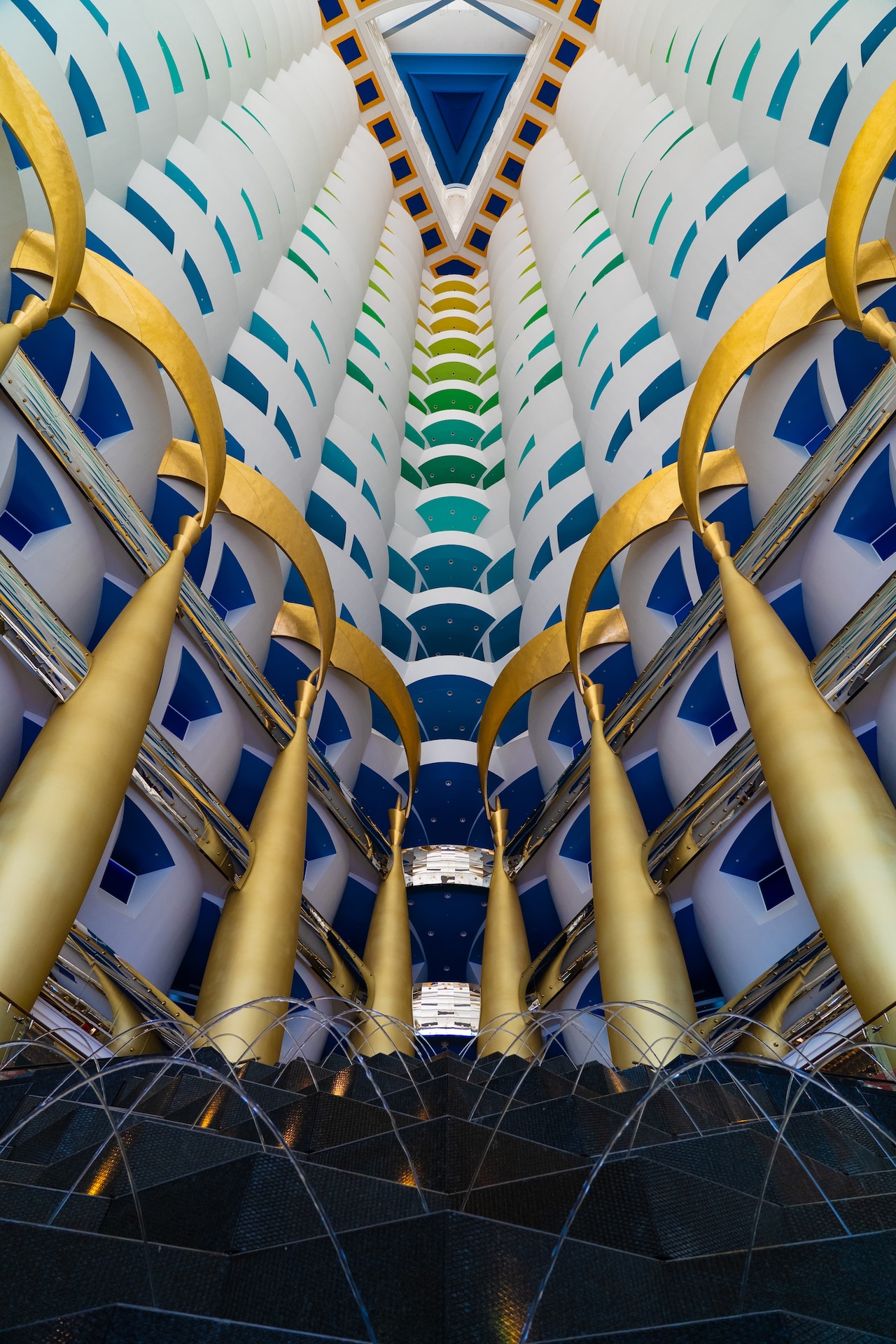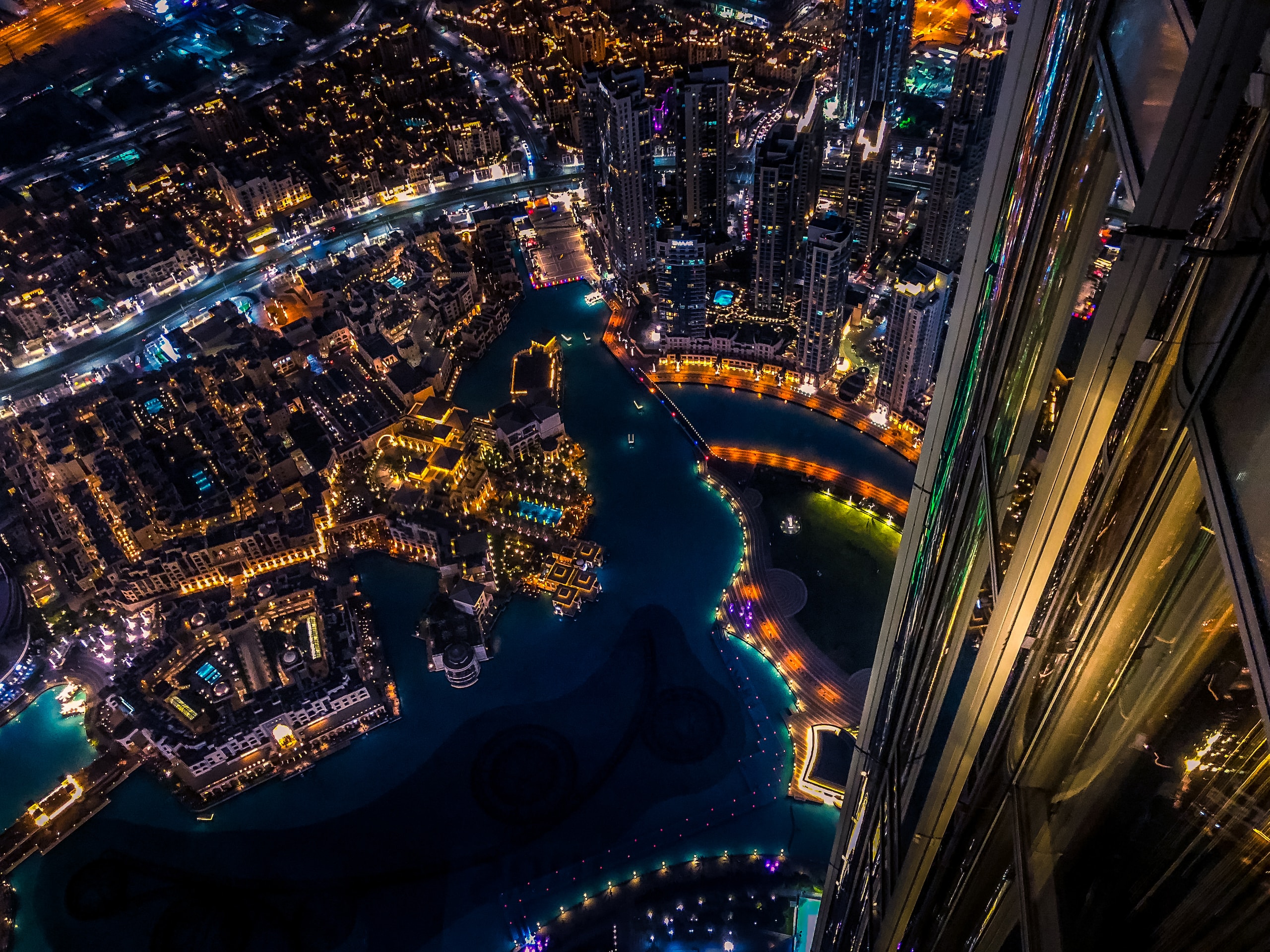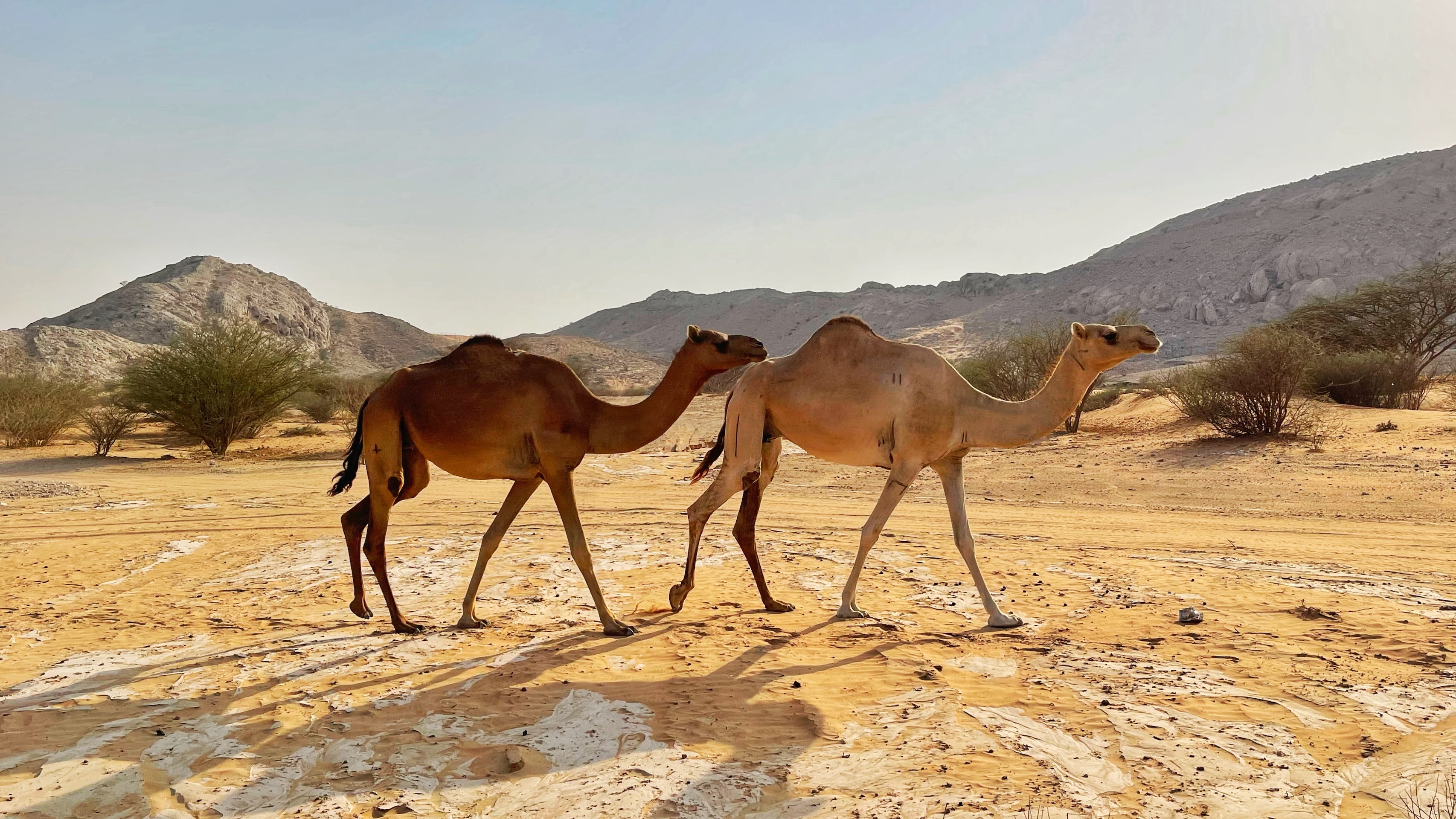The Origins of Dubai
Dubai, known for its stunning skyscrapers, luxurious resorts, and futuristic infrastructure, often leaves visitors wondering whether it’s all a product of human design or if it has natural roots. Let’s explore the origins of Dubai and uncover the truth behind its artificial image.
A Desert Oasis
In reality, Dubai started as a small fishing and trading village in the Arabian Desert. Its location along the coast of the Persian Gulf provided access to regional and international trade routes, allowing the village to thrive and expand over time.
Dubai’s growth and transformation can be largely attributed to the vision of its leaders, who recognized the potential for economic development. They implemented strategic plans to diversify the economy and attract foreign investment, leading to rapid urbanization and development.
The Palm Islands and World Islands
One of Dubai’s most iconic artificial creations is the Palm Islands, a collection of artificial islands shaped like palm trees. These islands were built using dredging and land reclamation techniques, creating new land from the sea. The Palm Islands have become home to luxurious resorts, residential areas, and entertainment facilities.
Another notable artificial project in Dubai is the World Islands, a collection of small islands constructed to resemble a world map when viewed from above. These islands were also created through land reclamation, transforming vast stretches of sea into a unique luxury destination.
Architecture and Skyline
When it comes to architecture, Dubai is renowned for its innovative and futuristic designs. Its skyline is dominated by iconic structures such as the Burj Khalifa, the tallest building in the world, and the Burj Al Arab, a luxury hotel shaped like a sail.

While these buildings showcase human engineering prowess, it’s important to note that they are still anchored in the natural environment. Dubai has embraced sustainable architecture practices, incorporating elements like solar panels, green spaces, and efficient cooling systems to minimize its ecological footprint.
Cultural Heritage
Although Dubai has undoubtedly embraced modernity and technological advancements, it has not lost touch with its rich cultural heritage. Traditional markets, called souks, still exist, offering a glimpse into the city’s trading history.
The Dubai Museum is another testament to the city’s deep-rooted culture. Housed in a historic fort, it showcases the traditional way of life in Dubai, providing visitors with an understanding of the city’s cultural evolution.
While Dubai’s rapid development and iconic landmarks might give the impression of an entirely artificial city, its foundation lies in its natural surroundings and rich heritage. The city’s transformation has been driven by a combination of human vision, innovation, and respect for the environment.
Dubai stands as a testament to what can be achieved when innovation and sustainability coexist. So, while it may have an artificial charm, Dubai’s essence is firmly rooted in nature and culture.


